Experts Take Aim at Baltimore’s Gentrification
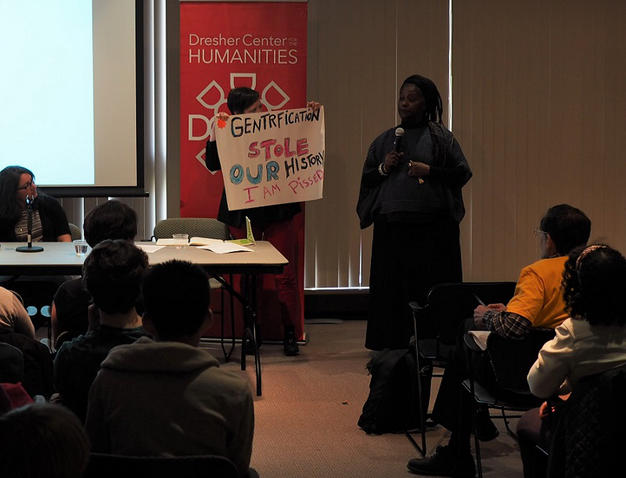
Gentrification in Baltimore was described as a new form of “colonization” during a panel discussion Wednesday night. The panel, comprised of Baltimore-area academics, touched on a variety of issues related to gentrification and Baltimore’s history of displacement and redevelopment. The talk, “Redevelopment and Justice in Baltimore,” was sponsored by several on-campus organizations including the political science and American studies departments, the Dresher Center for the Humanities – UMBC’s incubator for regional humanities research – and the Critical Social Justice program at UMBC’s Women’s Center. Dr. Lawrence Brown, an associate professor in the community health and policy department at Morgan State University, provided historical context for the process of gentrification and displacement now underway in many neighborhoods across the country. “I situate gentrification with colonization. I situate gentrification with a long history of serial forced displacement,” he said. From the Transatlantic slave trade, to the move South for work during the cotton industry boom, to the Great Migration, Africans and African Americans have found themselves displaced repeatedly throughout history. “So where did African Americans go to seek freedom? They came to places like Baltimore,” Brown said, referencing the Great Migration. “What did they find when they arrived? They arrived and found redlining. Racial segregation.” African American neighborhoods, literally outlined in red, saw little investment and differential treatment, with the federal government refusing to back loans made in redlined areas and private companies refusing to lend to redlined residents. 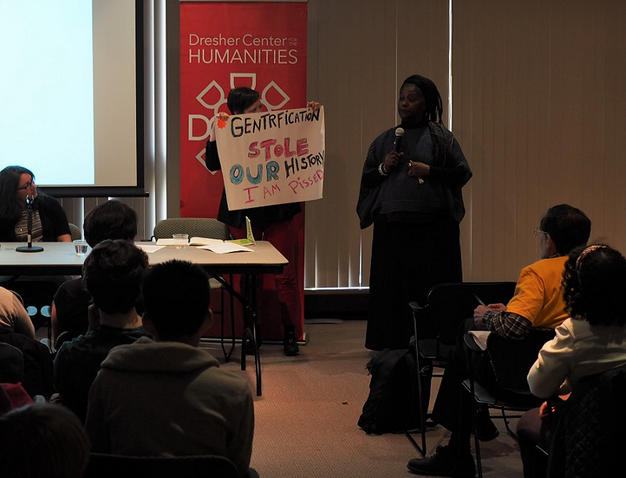 Nia Redmond talks about displacement in the city’s old Middle East neighborhood. She came with a sign that read, “Gentrification stole our history. I am pissed.”/Photo by Samuel Manas
Nia Redmond talks about displacement in the city’s old Middle East neighborhood. She came with a sign that read, “Gentrification stole our history. I am pissed.”/Photo by Samuel Manas
When schools were desegregated after the Supreme Court’s Brown v. Board of Education decision in 1954, he said, half a million white Baltimoreans fled the city. Now some Baltimore neighborhoods are seeing costs increase and development projects push residents out as higher-income white residents move to the city – similar to the urban renewal efforts in the 1950’s and ‘60s that, according to Brown, displaced over 25,000 families in Baltimore. “Gentrification is the last stop in serial forced displacement,” he said. “People have a sense of ‘here we go again.’” Follow the money Key to the conversation were maps of Baltimore city – all of which showed a similar pattern. The neighborhoods of the “White L,” running up the Charles street corridor and around the harbor, consistently receive more investment, while the “Black Butterfly” of Baltimore suffer from disinvestment. Much of the TIF and PILOT money spent by city authorities ends up in the “L,” the experts said. The same is true of small business and home purchase lending in the city, according to maps generated by the National Community Reinvestment Coalition. According to Dr. Seema D. Iyer, a research assistant professor at the University of Baltimore’s economics department and director of the Baltimore Neighborhood Indicators Alliance-Jacob France Institute (BNIA-JFI), Baltimore’s population loss over time has been due to many factors: The construction of exclusionary white suburbs and highways, civil unrest, globalization and drug epidemics have caused more and more residents to exit Charm City over time. “Just when we think we’ve fixed one thing, there’s a new thing on the horizon,” she said. In the 21st century, Baltimore faces a new challenge: “We are the only East Coast city that does not have a rich and robust transit and transportation system. It’s just hard to get around in Baltimore City,” Iyer said. Then there are the roads – West Baltimore is declining in large part because of infrastructure choices. Highways encouraged commuters to circumvent traveling through large swaths of the city, leaving those areas to atrophy due to inattention and a lack of commerce. “You don’t take Liberty Avenue anymore, you don’t take U.S. 40 anymore, you don’t take Washington Boulevard out of the city – you just go around,” Iyer noted. Newer roads don’t just go around communities – sometimes, they go through them. U.S. 40’s abandoned construction “built a crater into West Baltimore,” Brown said. The construction of Martin Luther King, Jr. Boulevard split Midtown from the rest of West Baltimore, further breaking apart African American communities already struggling economically and encouraging the displacement of African American residents. Immigrant communities too feel the sting of displacement. Dr. Felipe Filomeno, an assistant professor at UMBC’s political science department, works with the Latino community of Southeast Baltimore. He brought data showing that Baltimore’s immigrant population increased by more than 60 percent between 2000 and 2016 – while the city’s population shrank and gentrification intensified. Many parts of the city experiencing growth currently overlap with immigrant communities. As costs go up in a neighborhood, racial and ethnic diversity declines. Displacement of a concentrated group of immigrants, Filomeno said, is “not just an economic problem of moving from a place where rent is lower, because with that concentration comes community life, cultural placemaking, comes a network of service providers that are culturally competent, comes political clout and all that is undermined when you have gentrification leading to displacement.” Political leaders, he said, should promote local efforts like expanding immigrant homeownership and workforce development. But without federal immigration reform only so much progress can be made. ‘A pressure situation’ According to data collected by BNIA-JFI, the same neighborhoods that have seen the largest percentage increases in their white populations – while the city population declined – are Highlandtown, Locust Point and Patterson Park. They also saw some of the city’s biggest changes in education levels and median income increases, about 30 percent. Population growth is a necessary condition of gentrification, but “in a city that has experienced significant population loss for the last six decades, even having neighborhoods that are growing at all is a pressure situation,” Iyer said. Gentrification necessarily follows in a city that established its boundaries in the 1950s. Growing, stable and declining neighborhoods all have separate issues, she explained. Stable neighborhoods are concerned with school quality and maintenance. As a neighborhood declines, Iyer said, problems compound – vacancies multiply and other issues follow. “It’s because of the unfortunate deterioration, because of the lack of funding, because of this kind of yin and yang of where funding actually goes that you start to lose political representation…you start to lose power, food, the bank and then it becomes a vicious cycle of trying to get people back in.” “We’re not organized according to this issue,” Iyer said, noting that city council districts were in no way aligned with the trajectories of these neighborhoods. All but one of the districts cover neighborhoods with differing economic fortunes and thus, need disparate problems addressed. Dr. Nicole King, chairwoman of UMBC’s American studies department and director of the university’s Orser Center for the Study of Place, Community and Culture, highlighted another couple of projects that could have deleterious effects on black neighborhoods. Lexington Market and Hollins Market, two of the city’s oldest public markets, are at risk of privatization to improve their economic fortunes. The public market system, a hallmark of the city, serves large swathes of the population, especially lower-income residents. King noted the hesitation of city residents about the renovations of the markets, quoting community members and relaying their stories. Hollins Market, specifically, is being eyed by developer Scott Plank’s Warhorse Properties. The potential privatization of the market has been a source of unease in the neighborhood surrounding the market, as it is home to many low-income individuals. “If we’re going to fight the Planks and the guys in the suits then we’ve got to work together,” King said. While many of the attendees were students, the event also drew many Baltimore city residents, including residents of West, Southwest and East Baltimore. including Roxcelanna “Nia” Redmond of Middle East. Invited by King during a phone conversation prior to the event, she held a sign up that read “Gentrification Stole My History… And I’m Pissed.” Redmond, the head of the East Baltimore Historical Library, works to fight the historical erasure brought to her neighborhood by East Baltimore Development Incorporated’s flubbed efforts at redeveloping the neighborhood. Started in 2001, EBDI was an effort by several stakeholder institutions to revitalize Middle East’s economic fortunes. EBDI relocated over 700 families out of the predominantly African American neighborhood, demolishing entire blocks to create space for new developments. Taking the microphone, Redmond related several experiences of Middle East residents over the decades: a school burning down and the political efforts to build another academic center there, the black women who worked as wet nurses for the largely white Johns Hopkins staff and the fertilizer provided for a community garden by a local “anchor institution” that turned out to contain several carcinogens. These communities are now gone, razed in the name of progress, Redmond said, and her organization works to preserve their legacy and to provide a lesson about the consequences of wrongheaded development. “This is our story,” she said. “We want our stories preserved so that when scholars like yourself when you do the research… You will find out what happened in the neighborhood, God forbid, named Middle East.” The neighborhood is now officially referred to as Eager Park, part of the redevelopment. Redmond showed up to ask for help: “I’m not in the digital age at all. But I do know language, I do know what I read. I know that this phone technology, virtual reality, it’s your world. What we’d like you to do is open the door so it can become our world, too. We’re talking about a digital national gentrification library that will become a repository for gentrification happening all across this country,” she said, addressing the students in the room. “We need young, bright people to come stand with us. This is the last battle, and that battle is to preserve our history.” Brown got the final word. “Your tax dollars are being used to subsidize the type of displacement that masquerades as development,” he said. “… Tell your representatives in the State House… ‘I don’t want this type of development.’ We’ve got to change our policies to make sure that development is indicative of racial equity and social justice.”
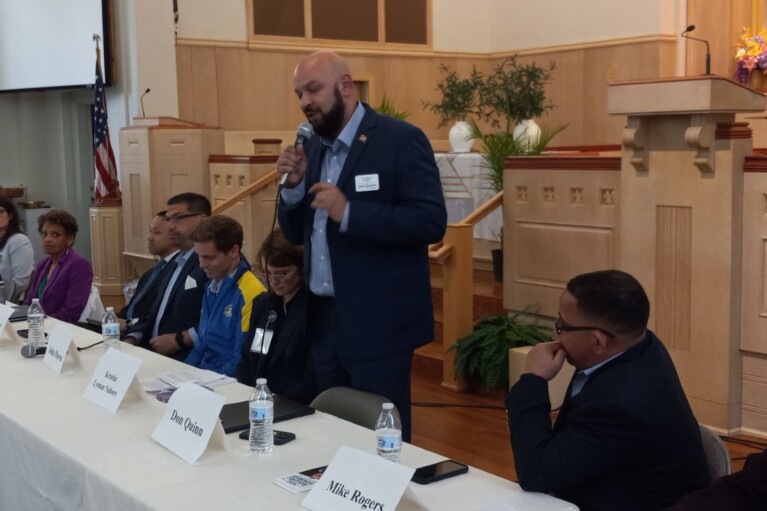
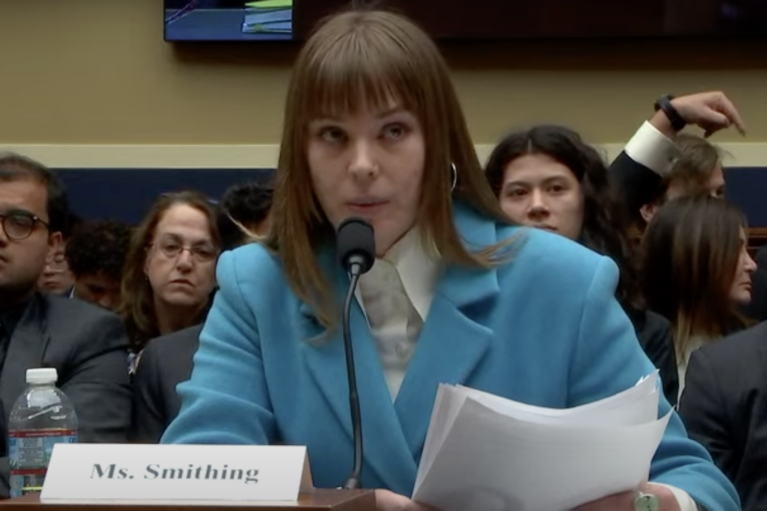
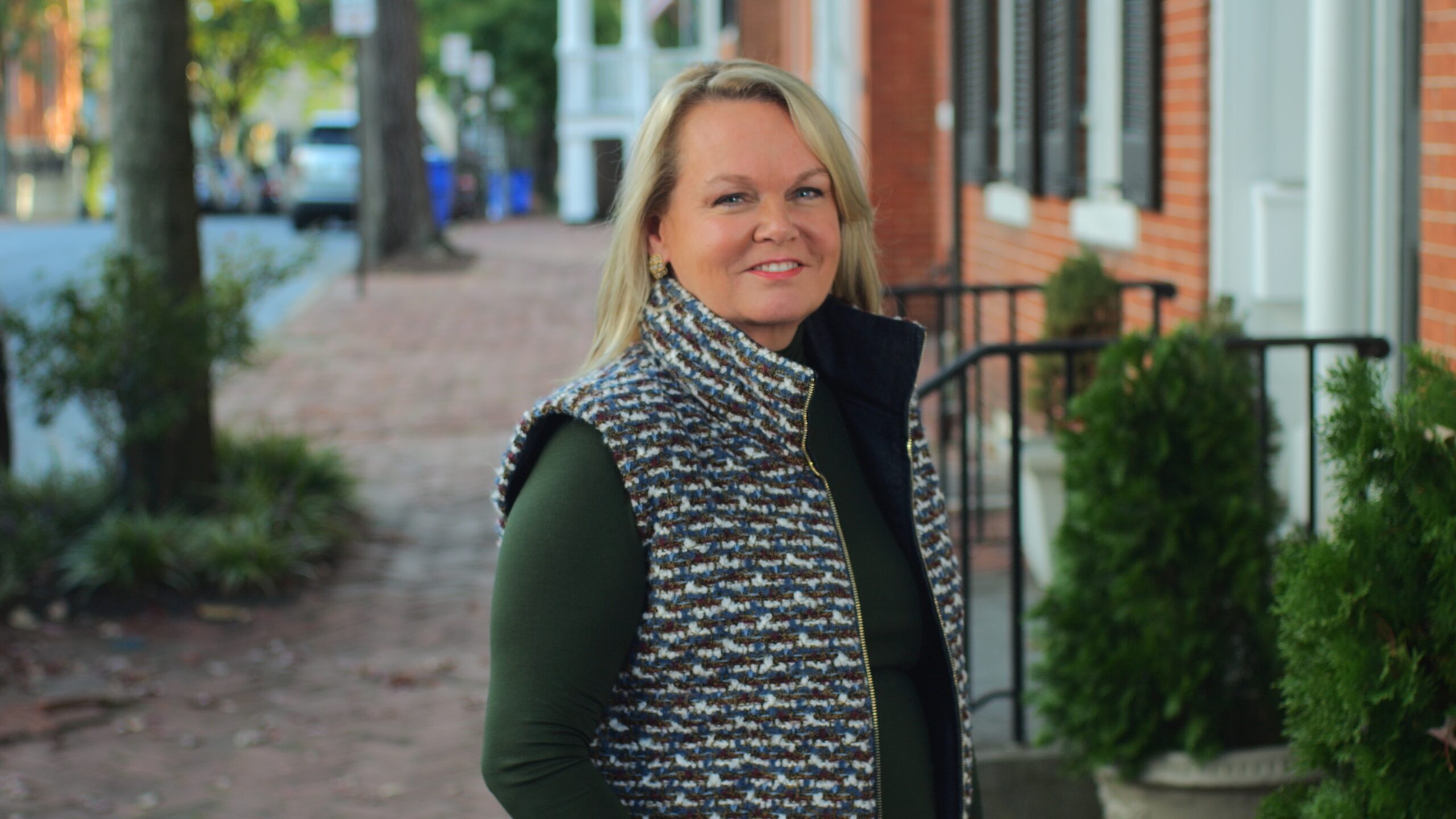
 Creative Commons Attribution
Creative Commons Attribution